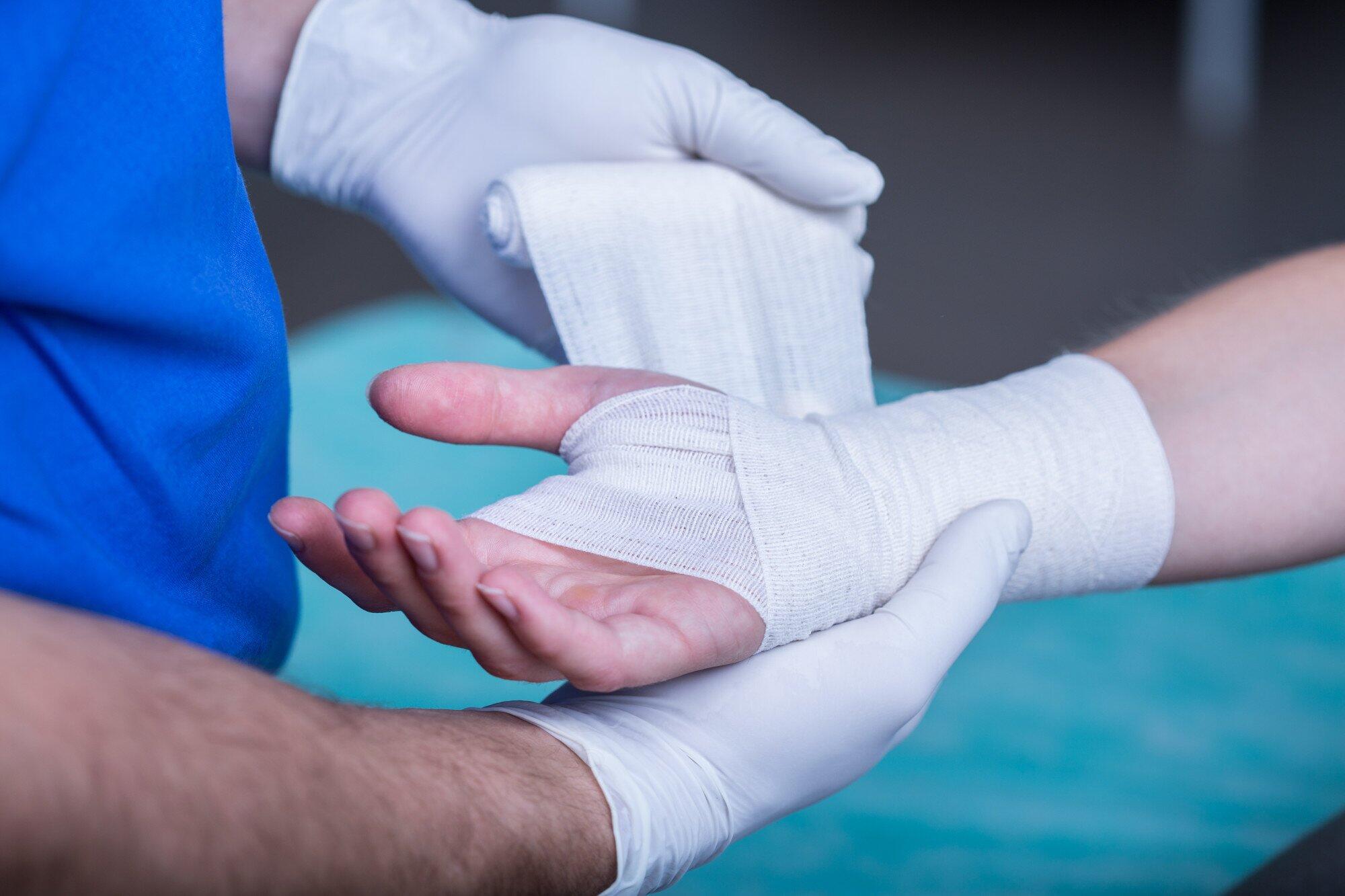
Patients living with diabetes have different needs when it comes to a variety of medical treatments. According to the Diabetes Research Institute, approximately 11.3 percent of Americans have diabetes.
If you’re a diabetes patient, it’s important to know how to treat diabetic wounds properly to prevent infection.
Read on to learn more about the best way to treat wounds if you have diabetes to ensure a safe healing process.
Wounds in patients with diabetes are common, including issues like diabetic ulcers and sores. There are several reasons why the healing process is slower in people who have been diagnosed with diabetes.
Diabetics with high blood glucose or high blood sugar may have issues with their nervous, immune, and circulatory systems. This may make healing much slower and more difficult since the body relies on these systems to heal various wounds and other injuries.
Living with diabetes can also affect your circulation. If you have slower circulation, it takes longer for diabetic wounds to heal since the blood can’t reach the wound and fight infection as fast as it will in those without diabetes.
Peripheral vascular disease may also affect diabetics. This condition causes a reduction in blood flow to the arms and legs, often due to plaque building up inside the arteries and narrowing the blood vessels. When the blood can’t get from your heart to the rest of your body, it causes the veins to weaken.
Those with high blood glucose levels tend to have thicker blood. This makes it harder for your heart to push the blood from the tips of the fingers to the toes, causing healing to slow down significantly.
Some diabetics have a condition called neuropathy which affects the nerves. Neuropathy can cause you to lose feeling in certain parts of the body.
This condition is caused by having consistently higher-than-normal blood sugar levels. It most commonly affects the hands, legs, and feet. Approximately 60 percent of people with diabetes have some level of neuropathy.
If you have diabetic neuropathy, you might not know when you have a blister, cut, or other type of wound since you can’t feel it. Early-stage diabetic sores and blisters need immediate care since they can easily become infected or get worse over time without proper treatment.
If you are a diabetes patient, there are several important signs to look for that could indicate your wound is not healing the way it should. First, if inflammation like redness or swelling around the wound doesn’t improve after about one week, it could mean that you need attention from a healthcare professional.
Inflammation is a normal part of the beginning healing stages. However, if it gets worse instead of better over time, it could be a sign of an infection or another serious problem that needs more treatment.
It’s also important to look for possible signs of infection if you have diabetic wounds. If the wound feels tender, painful, or hot when you touch it, the wound could be infected. Other signs of infection include if the wound starts to ooze puss or liquid, you notice a dark or unusual color around the edge of the wound, or it emits a bad odor.
Diabetes patients should make note of the wound healing timeline. If it doesn’t heal within one month, it may be a chronic wound that requires more help from your doctor.
While not all wounds and not all diabetics are the same, there are some common practices you should use when treating your wounds. These tips will help you follow the safest and most effective way to treat your wounds or injuries if you’re diabetic.
Minor wounds like cuts and scrapes should receive immediate attention. As soon as you notice you have a wound, wash your hands with soap and water. Next, rinse the wound using plain warm water.
Once your hands are clean and the wound is rinsed, apply gentle yet firm pressure to help stop the bleeding. Apply an antibiotic cream to the affected area, then cover it with a clean medical bandage or some gauze.
If you have neuropathy, make sure you monitor yourself often to check for wounds. Always check your feet and hands every day and the area between your toes. Some diabetics wear white socks to make it easier to spot any signs of bleeding near the feet.
Applying pressure to a new wound is important to stop bleeding, but you should not add extra weight or pressure to it after you treat it. Adding stress to wounds can slow down the healing process or cause the wound to reopen.
If you have wounds on your feet, consult your doctor about the best way to protect them while allowing you to stay mobile. You may need special shoes or custom foot padding to help protect the wound and keep you comfortable.
All wounds heal best when they are kept clean and protected. Remember to apply an antibiotic cream or ointment and bandage to new wounds right away.
Diabetic wounds that are infected should be examined by a medical professional. They will determine which type of treatment is best for your specific type of wound based on the severity of the infection.
Foam dressings can help absorb wounds that are leaking while also adding extra cushioning for protection. Alginate dressings are made from seaweed and work quite well on deep wounds. Hydrogel dressings are water-based and designed to keep wounds moist, which promotes the growth of new cells to speed up healing.
If you have diabetes and deal with diabetic wounds, understanding why they occur and why they need special treatment is vital. Remember the tips we’ve added here to ensure that your wounds heal quickly and safely.
At Family Medicine Austin, we provide diagnostic-based healthcare and disease management, so contact us today to find out how we can help you.